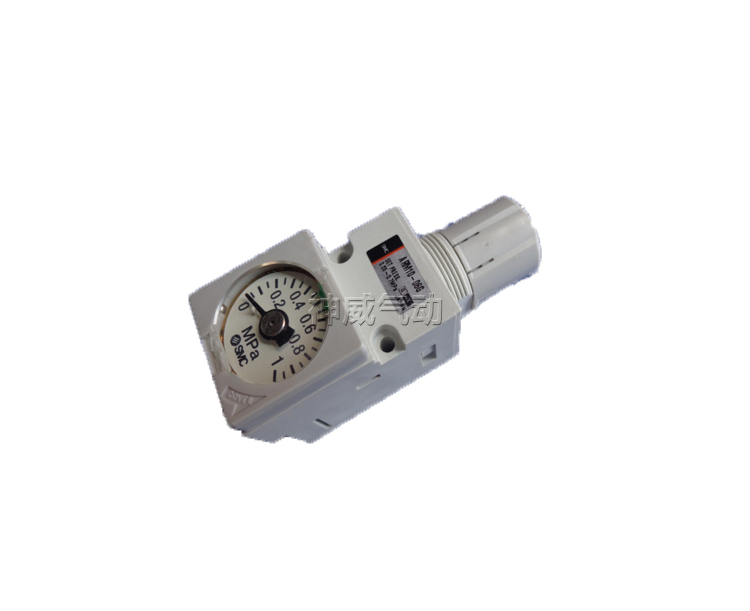The function of cylinder pressure reducing valve
The cylinder pressure reducing valve, filter, and oil mist separator form a pneumatic triple component. It is an important part of the air source processor, mainly for the gas output from the air compressor. Clean and adjust before entering cylinder in.
Before knowing how to use the cylinder pressure reducing valve correctly, first understand the definition of the pressure reducing valve in the operation of the entire pneumatic component. It is used in the control valve body The opening of the opening and closing parts adjusts the flow of the medium and reduces the pressure of the medium. At the same time, the opening of the opening and closing parts is adjusted by the pressure behind the valve to keep the pressure behind the valve within a certain range. When the inlet pressure changes continuously, down, keep the outlet pressure within the set range and protect the subsequent pneumatic components.
Cylinder pressure reducing valveThe main function is to reduce the pressure of the gas source and stabilize it to a fixed value , so that the regulating valve can obtain stable air source power for regulating control.

Precautions for installation and use of cylinder pressure reducing valve
1. Precautions for the use environment
1) If the pressure reducing valve is to work in a low temperature environment (above -30°C) or a high temperature environment (<80°C), the materials of the valve cover and seals should be changed. For rubber parts, special NBR should be used at low temperatures, and FKM should be used at high temperatures. The main parts should be made of metal
2) For pressure reducing valves that work in the mist of chemical solvents, the external material should not be made of plastic but metal.
3) Prevent oil and water from entering the pressure gauge to avoid inaccurate indications of the pressure gauge. The pressure gauge should be installed in a location that is easy to observe
4) Pressure reducing valves made of plastic materials should be kept away from direct sunlight.
2.Notes on using settings
1 For ordinary pressure reducing valves, the outlet pressure should not exceed 85% of the inlet pressure;for precision pressure reducing valves, the outlet pressure should not exceed 90% of the inlet pressure. The output pressure must not exceed the maximum value of the set pressure.
2) More than 60mm of space should be left at the screw plug at the bottom of the pressure reducing valve to facilitate maintenance.
3) The pressure reducing valve should leave room for adjusting the pressure. The handwheel should be operated by hand, not by tools. The pressure setting should be in the boost direction. The pressure should be locked after adjustment.
4) If the inlet side pressure pipeline contains condensed water, oil dirt, dust, etc., it will cause the normal drain hole or throttle hole to be clogged, causing the valve to malfunction, so it should be Install an air filter and oil mist separator in front of the pressure reducing valve. And they should be maintained regularly.
3.Precautions for installation
1) The connecting piping must be fully purged, and dust, cutting chips, etc. must be prevented from being mixed into the valve during installation. Also prevent piping thread chips and sealing materials from getting into the valve.
2) Install the air flow direction in the direction of the arrow, and do not install it backwards.
3) An oil mist device must not be installed on the inlet side to prevent oil mist from contaminating the leak hole and orifice, causing malfunction of the valve. If the downstream circuit needs to be lubricated, the lubricator should be installed in Pressure reducing valveOutlet side.






 WhatsApp: +8615857777578
WhatsApp: +8615857777578